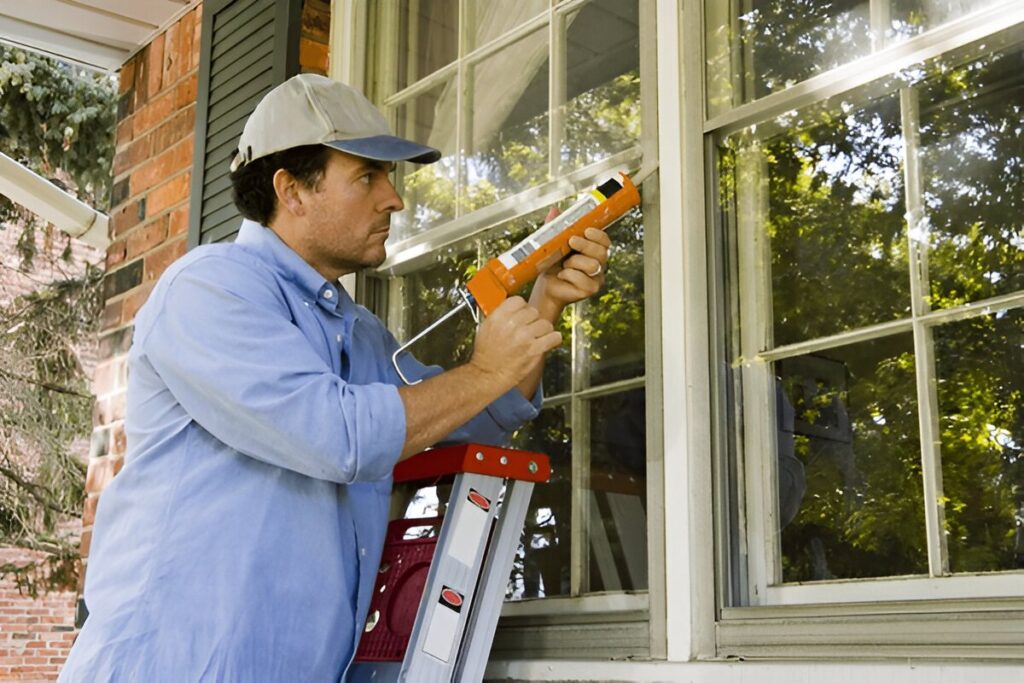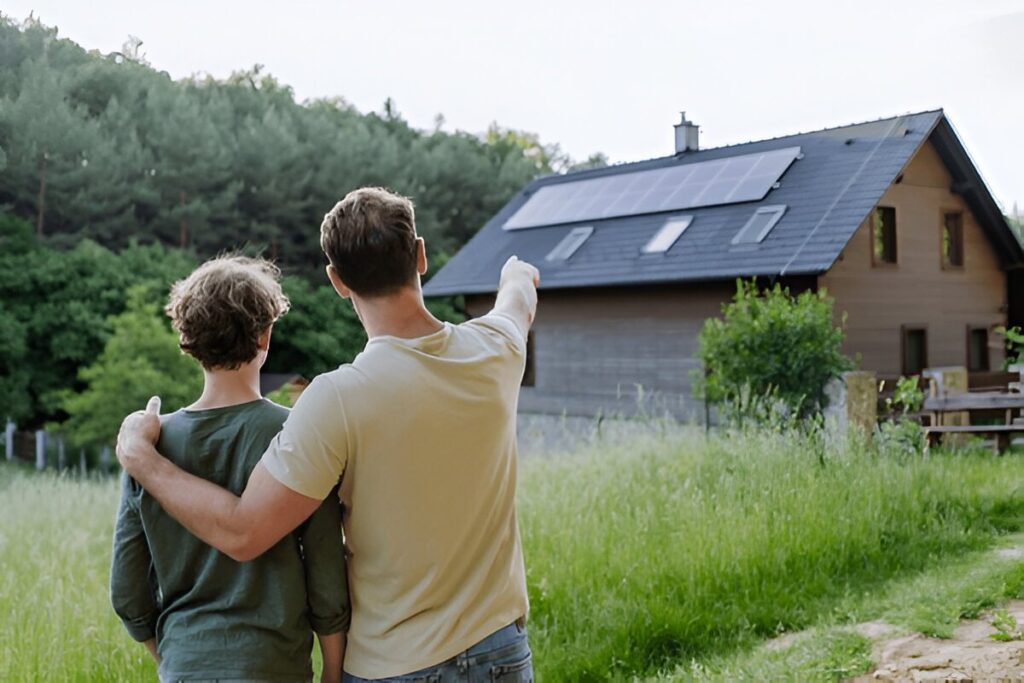Energy saving: how to make your home more energy efficient
Energy-saving techniques that can help you save money and protect the environment. Start your journey towards efficiency now. Nowadays, it is almost difficult to live without electricity. We constantly use various electrical appliances for our comfort. As a result, a large utility bill comes at the end of the month. As our smart lifestyle increases, the thought of reducing or saving energy also makes us think. By using some plans or techniques, you can easily save energy in your home.
1. Home Heat
During winter or in cold countries, the heating system works to keep your home warm. This is different from any other system and the cost is the highest. Although the cost is high, there is no alternative to it for your comfort. However, by using and maintaining it properly, you can save up to 30% of its cost.
- Keep your heating system at a set point during winter, so that there is no problem with your comfort. If you are outside the house, then reduce the set point.
- Clean the filters of the heater furnace at least once a month.
- Clean the heater and radiator as needed and make sure that they are kept sufficiently open.
- Place a heat-resistant system in the radiator. If necessary, you can also place it on the outside wall.
- Turn off the exhaust fan used in the house, especially the fan in the kitchen and washroom, after some time of use.
- In winter, keep windows open during the day to let sunlight in. And close them at night.
- When purchasing a heating system, buy efficient products and compare ratings with different models. If necessary, seek the help of a professional who is skilled in this matter.

2. Summer conditions
The demand for air conditioning systems is highest during summer to escape the extreme heat. In extreme heat, cooling your home becomes essential for your comfort. Then your first choice will be air conditioning. But for mild heat, there are air conditioning options that can save you energy and keep your home cool.
- Cooling tips are essential to maintain a comfortable indoor environment in hot weather by reducing energy consumption. One of the most effective ways to cool a home is to use fans strategically. Using ceiling fans for mild temperatures can provide enough comfort. Moreover, portable fans can be used which will cool the temperature inside the house by expelling the hot air from your house.
- Another important tip is to use window curtains during the day to prevent direct sunlight from entering the room. This will prevent direct sunlight from increasing the temperature inside the room.
- Always try to keep the temperature of your air conditioning at a specific set point. You can increase the set point, especially if you are outside the room. Generally, 75-78 degrees Fahrenheit is enough to make a room comfortable.
- Seal the gaps around windows and doors to prevent cool air from escaping.
- Clean your air conditioner regularly, especially the air filter. And maintain other equipment regularly.
- Use windows to let hot air out of the room. So that natural air can enter the room.
- Before buying a new air conditioner, try to buy energy-efficient products and use a heat pump to save more.

3. Water Heat
You can effectively save energy and reduce your utility bill by heating your home’s water. The second highest cost of energy in a home is heating water. Therefore, it is possible to easily reduce energy costs without compromising your comfort by adopting some methods.
- Do not leave the water heating system on for a long time.
- The normal human body temperature is 98°F-100°F. Try to keep the water temperature within that range.
- You can install thermal insulation for hot water pipes or tubes. Because water releases heat as it flows, this requires more energy to heat the water.
4. Weatherization
Home weatherization is one of the most effective ways to save energy and reduce utility bills. By improving the insulation, sealing air leaks, and upgrading windows and doors, homeowners can create a more energy-efficient living space. These improvements help maintain consistent temperatures inside the home.
- Windows, doors, and openings should be sealed with foam seals to keep cool air out in the summer and cool in the winter.
- Insulating your home or room can reduce your heating and cooling costs. Insulation saves energy without compromising your comfort.
- You can save energy by controlling the humidity in your home. By controlling the moisture in your home, you can enjoy greater comfort at a lower cost.
- Providing ventilation to remove the hot temperatures inside the home during the summer will reduce the cost of cooling the room.

5. Save energy from home appliances and electronics
We use many electronic products in our daily life. To save your energy, before purchasing these products, look for efficient products and operate them efficiently. Turn off all the products that you do not use completely. There are some electronic devices that are turned off even when they are not in use, but some of their components remain active at a small energy cost. To avoid such costs, turn off the device switch completely or use a good quality power strip board. Reduce devices that are always on. Use energy efficient lights efficiently to increase the lighting in the house, you can use sky lights. Now almost all refrigerators have energy efficient systems, use them efficiently. Find out how much energy an electronic device consumes, and use it efficiently.
6. Home Design and layout
An efficient home design can significantly reduce energy consumption by optimizing the use of natural resources and minimizing the need for artificial heating, cooling, and lighting. One of the key components of energy-efficient home design is proper insulation. High-quality insulation in walls, ceilings, and floors prevents heat from escaping in the winter and keeps the home cool during the summer.
Strategic window placement and the use of energy-efficient windows can also enhance a home’s energy savings. Windows that allow for passive solar heating in the winter or provide natural light throughout the day can reduce the need for artificial lighting and heating. On the other hand, shading devices, such as overhangs or blinds, can prevent excessive heat gain during warmer months.
The layout and design of the home also play a role in energy efficiency. Homes designed with open floor plans can improve airflow and reduce the need for additional heating and cooling. Incorporating green roofs or reflective materials can help regulate temperatures, while rainwater harvesting systems can contribute to water conservation and reduce energy used in irrigation.
By prioritizing energy-efficient design principles, homeowners can create a more sustainable, cost-effective living environment.
Resident Renewable Energy
You can also reduce your utility bill by using renewable energy in your home. You can save energy by using solar energy, geothermal heat in particular. You can plan for renewable energy by calculating your home’s electricity bill. This will give you a detailed idea of your home’s energy consumption.

Conclusion: Implementing energy-saving techniques not only reduces expenses but also contributes to environmental conservation, highlighting the dual benefits of your daily life.
